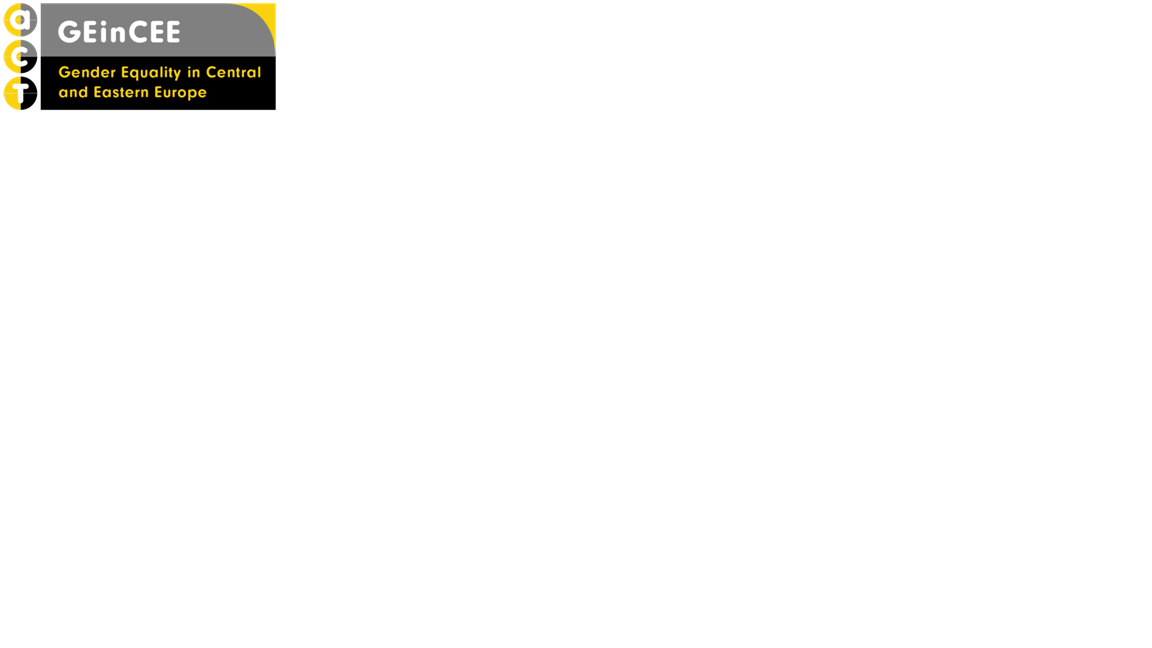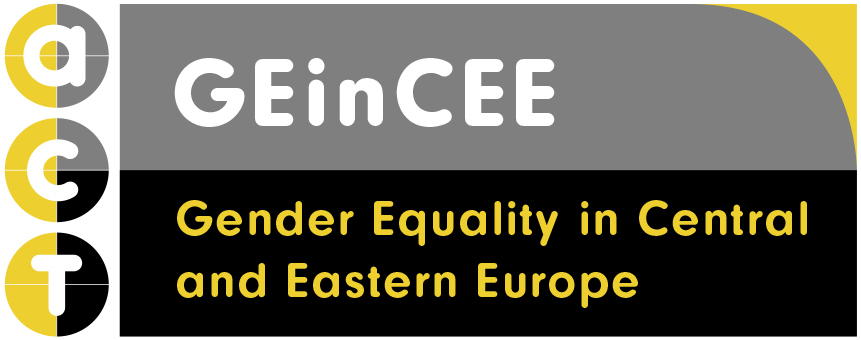On the Way to Gender Equality - Community of Practice for Gender Equality in Central and Eastern Europe

The Community of Practice (CoP) gathers practitioners – representatives of higher education institutions (HEIs), research and study centres, research funding organizations (RFOs), policy-making organizations, non-governmental organizations (NGOs), and entrepreneurships operating mainly in Central and Eastern European countries, who commit to promote institutional change to advance gender equality in their organizations. The CoP brings together organisations’ officials and administrators (namely Rector’s Plenipotentiaries, Gender Equality/Diversity Officers, Organization’s Ombudspersons or Departmental Officers), as well as researchers, activists, students, policy-makers and entrepreneurs.
The CoP engages representatives of all academic disciplines and its operation covers all three ERA priorities – advancing number of women in Research & Innovation and Higher Education, advancing number of women in decision-making processes, incorporating gender dimension in research and teaching content.
As gender equality measures (including gender equality plans – GEPs) are starting to be introduced in (research) organizations in Central and Eastern Europe, one of the areas of cooperation is an exchange of knowledge in regards to promoting institutional change towards gender equality, including designing, implementation, monitoring and evaluation of gender equality measures.
CoP’s vision is to promote and support institutional change to advance gender equality in CoP members organizations, i.e. promoting and assuring support in designing, introducing and monitoring selected gender equality measures or GEPs.
CoP’s mission is twofold:
1. Learning and exchange of knowledge and expertise: by using results generated by Community Mapping survey which indicate the need for learning and exchange of knowledge, dialogue and debate, CoP’s first objective is to become familiar with institutional solutions/measures implemented in other organizations to achieve gender equality, as well as with strategies used to argue for introducing GE measures (including HR in Excellence) and to create a favorable climate toward gender equality with consideration of specificity of the CEE context.
2. Diagnosing situation: as CoP’s vision is to support the promotion of institutional change to advance gender equality, second objective of the CoP is to diagnose situation in relation to gender equality at CoP’s members organizations by collecting existing solutions/measures and policies and by evaluation of successes, failures, and (un)intended effects of undertaken actions. Members of the CoP will do a status quo assessment in their organizations by using the GEAM tool which along with the previous action will constitute a basis for promoting, introducing and advancing gender equality in their organizations.
As an effect of the above an online gender equality map of GE practitioners, experts, bodies and solutions will be created, as well as workshops and seminars on dealing with resistances and identifying existing barriers will be organized.
